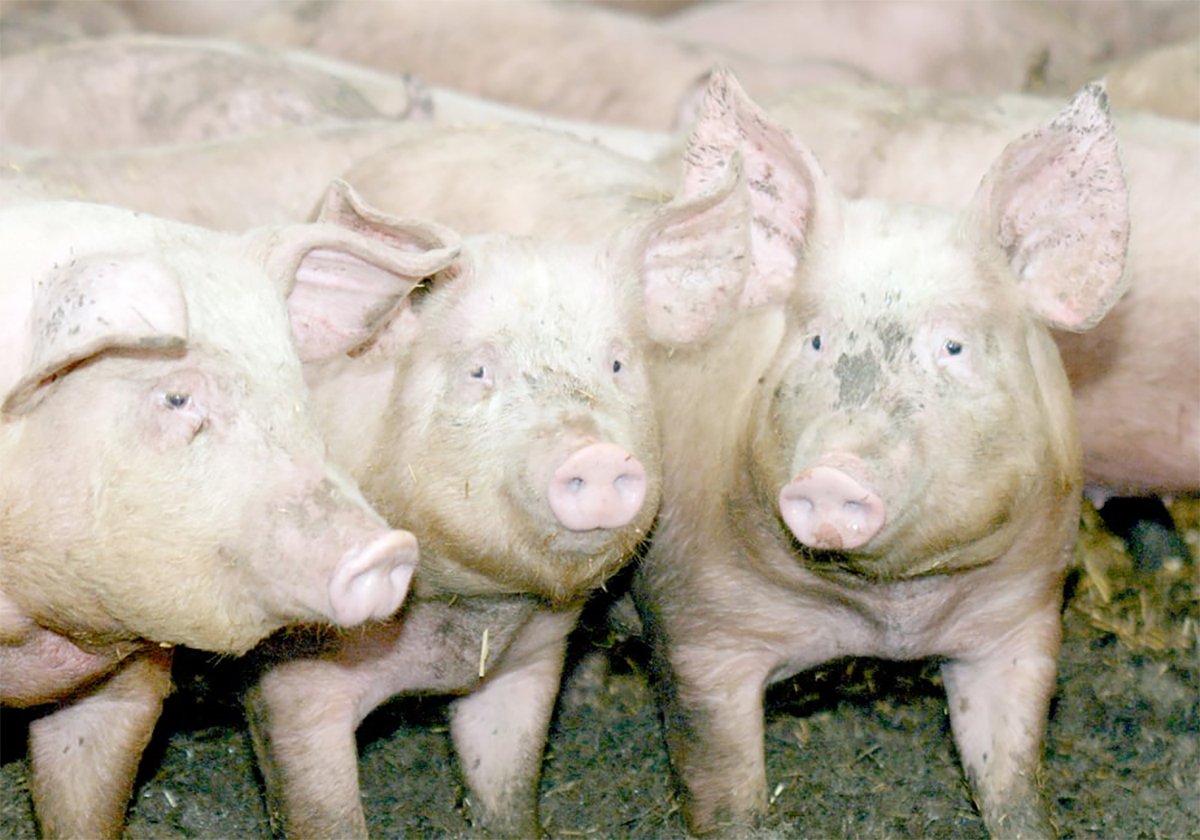This spring’s cool drought has ushered in another problem for some Alberta producers.
A patchwork of alfalfa and tame grasslands have succumbed to drought stress and winterkill in areas north of Edmonton, as well as some southern regions.
Central Alberta does not appear to be in trouble.
Alfalfa, clover, orchard grass, tall fescue and creeping red fescue must be checked and, if nothing is growing, fields may have to be reseeded to an annual crop. The hardest hit are older stands of alfalfa; year-old fields appear to have made it through the winter. Fields blended with grass also appear to have survived, said Harvey Yoder, forage specialist with Alberta Agriculture at Lac La Biche.
Read Also

The Western Producer Livestock Report – October 2, 2025
Western Producer Livestock Report for October 2, 2025. See U.S. & Canadian hog prices, Canadian bison & lamb market data and sale insight.
“If you have winter injury, maybe that plant can recover enough that you will get another year of production,” he said.
Farmers should check their stands right away.
“If it is winterkill, you’ve had the biscuit.”
Farmers should not plow down these fields immediately. A few timely rains could see crops bounce back.
“It may pay to be a little patient.”
If farmers decide to turn over these fields, they should not reseed alfalfa. Older plants emit a toxic substance that harms new plants. A water soluble compound, this toxin is found in the roots and lower parts of alfalfa. Instead, seed these fields to barley, triticale or wheat this year for silage or swath grazing.
This year’s injury is likely due to a combination of things. Light snow cover over most of the province did not provide much protection. A few warm spells in early March may have brought plants out of dormancy and when frigid temperatures returned at the end of the month, they were badly injured or killed.
Producers need to check suspected winterkill carefully.
Dig up plants and inspect the root system by cutting down the centre of the roots. If they are still alive, they have a creamy color. If dead, the centres appear brown and dry, like cork.
Besides affecting hay supplies, producers involved in forage seed production could take a hit.
A number of seed producers around Rycroft in the Peace River area have discovered large amounts of dead alfalfa, but other crops appear safe. Creeping red fescue has come through the winter but regrowth in tall fescue tends to be slower, so no one can estimate the potential damage. Some reseeding of alfalfa is expected.
In southern Alberta, alfalfa kills are not serious but timothy growers have detected a loss due to the winter and last year’s severe drought. In this area, winterkill is a frequent problem because of the thaw and freeze cycles of chinook country.
“On a three- to five-year rotation, people lose their alfalfa plants,” said Bjorn Berg of Alberta Agriculture in Lethbridge.

















